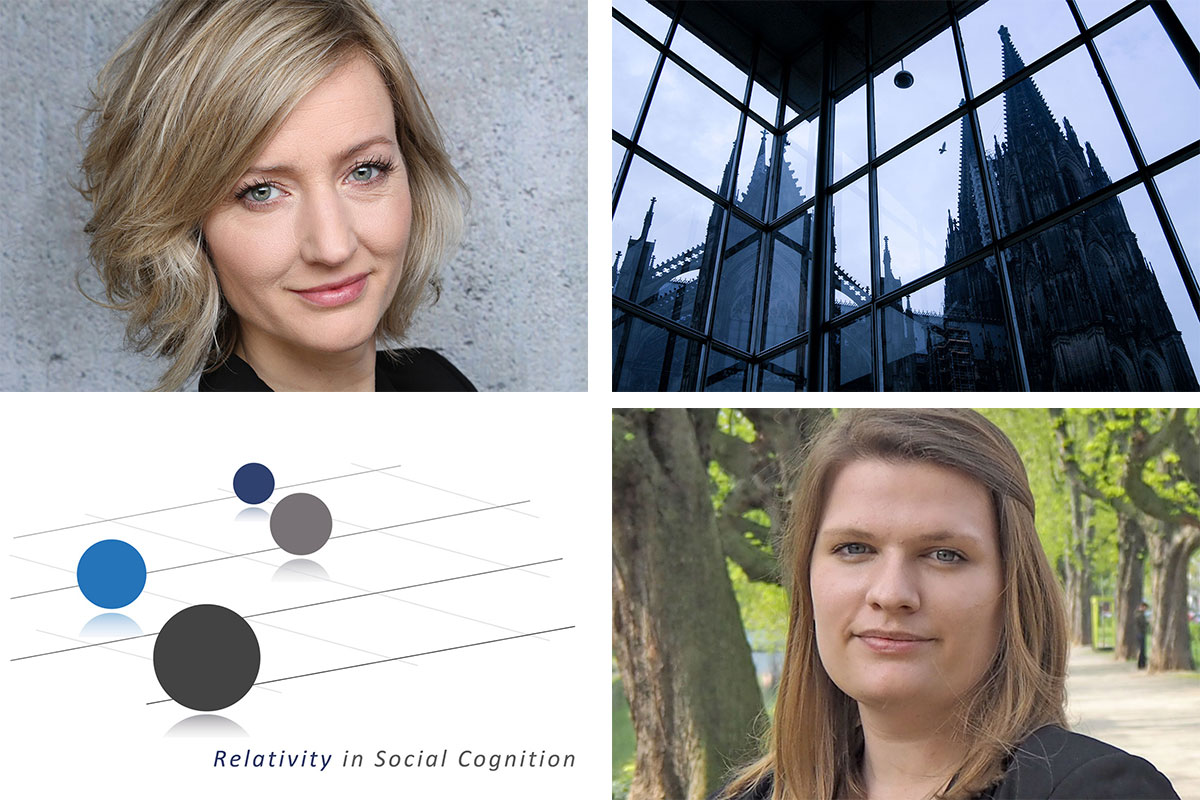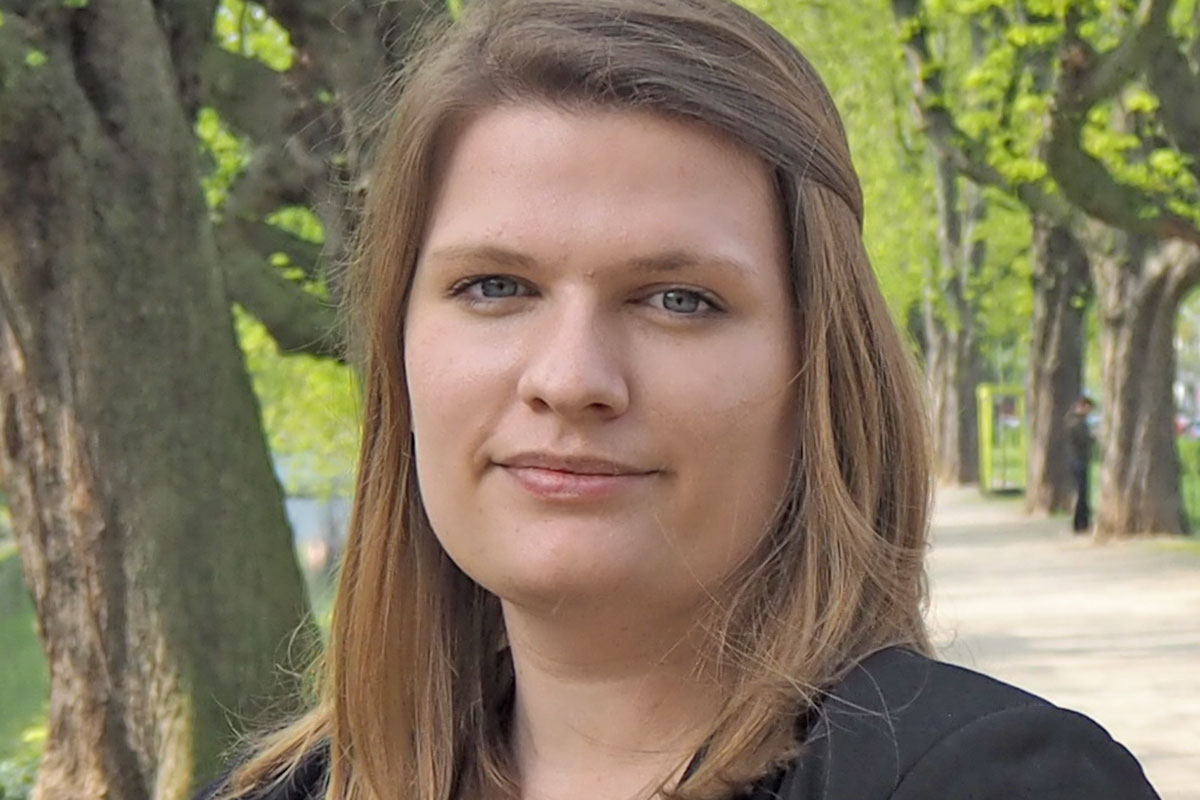The Relation Between Spatial Distance and Similarity: Consequences for Comparisons and Evaluations
Researchers
Iris Schneider • Eileen Pauels
Description
Determining how similar two things are is central to comparison processes. But how do similarity judgments come about? This project investigates a so far neglected source of similarity: spatial distance. All around us, there is a strong correlation between spatial distance and similarity. Often what is close together, is also very similar. Indeed, people even use words related to spatial closeness to indicate how similar things are, for instance when they talk about “close alternatives”. I argue that people are so used to this relationship between closeness and similarity in their environment, that they will use physical closeness as an indicator of similarity when encountering new objects. My research aims to show that spatial distance between objects in the world influences how similar these objects seem. Specifically, I will examine whether the same two things appear more similar when they are close together compared to when they are far apart. In addition, I will also investigate what processes underlie these judgments and what that means for liking and evaluation.
Contact
Contact

Universität zu Köln
Social and Economic Cognition III
Richard-Strauss-Str. 2
50931 Köln | GERMANY
Telephone +49-221-470-6523
E-mail i.k.schneider(at)uni-koeln.de



